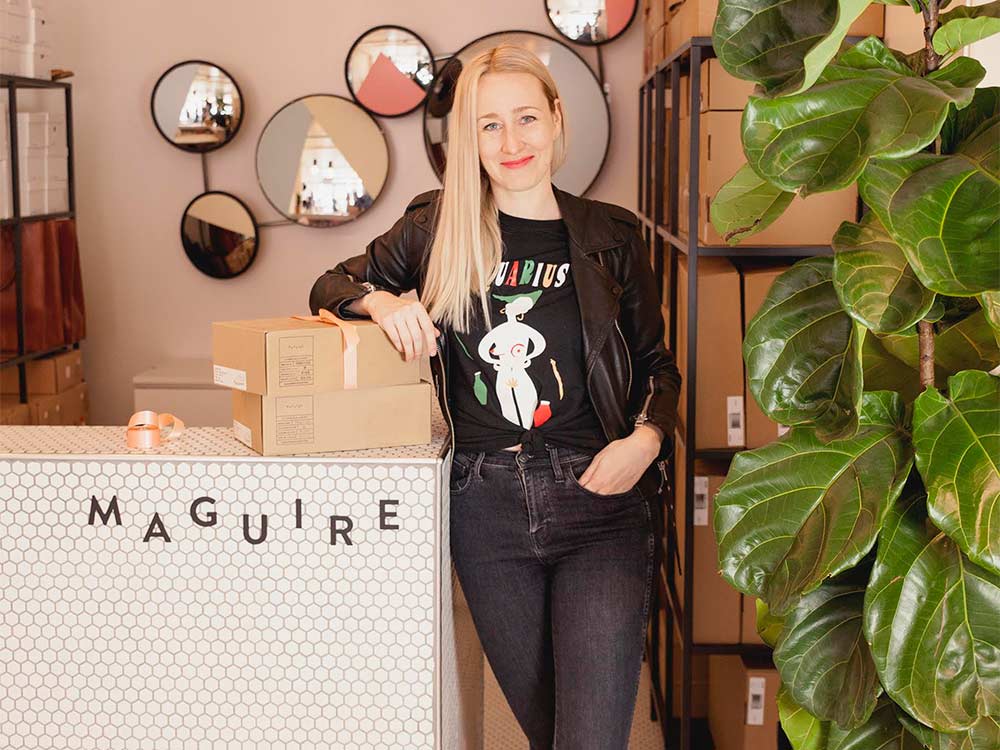
The future of ecologically responsible food: Balancing nature and technology
Paul Shenouda’s Words of Wisdom
Blog post by Paul Shenouda, entrepreneur and Vice-President of Innovation at Wilder & Harrier, a new company reinventing nutrition for animals
For many people, ecological responsibility means electric cars and solar panels. But there is another way of significantly diminishing our ecological footprint: our diet. Our current food system uses an enormous amount of resources, which encouraged us to try to find other protein sources that required less energy to produce. Amongst the solutions that were proposed was one that was simple, yet surprising: insects! Not ready to make that switch yourself? You can still support the idea by offering your dog treats made from crickets!
Our mission at Wilder & Harrier is to speed up the transition to a sustainable, abundant food system by using ingredients that are completely ecologically responsible. In 2015, Philippe, Mat and I were young entrepreneurs looking for alternative solutions to create food that was healthy and respectful of the environment. After reading a UN report, we stumbled onto a surprising yet logical solution: edible insects. For example, crickets, pound per pound, need 2,000 times less water, 13 times less food and produce 100 times less greenhouse gases than beef while still being a more nutritious, healthier source of protein. That being said, we were aware of the significant cultural barrier we would have to overcome in order to convince consumers to eat insects.
With this challenge in mind, we decided to concentrate our efforts on the pet industry, which was in desperate need of innovation and where the end-point consumer would have no psychological barriers to overcome. Our first product was dog treats made from a base of cricket flour, a completely ecologically friendly superfood. Since then, we’ve enlarged our range of products by adding, amongst others, treats made from wakame (algae), another eco-friendly superfood.
A wide range of eco-friendly nutrients
Edible insects and algae, as food products with a lot of interest currently, are actually only part of a growing range of eco-friendly foods. We are living through an interesting moment in the evolution of our food system. On the one hand, more and more people are looking for a greater connection with their food by choosing whole foods that are also organically grown, as seen in current trends in urban agriculture and farm-to-table initiatives. On the other hand, cutting-edge technology now allows amazing advances, such as cellular agriculture.
These divergent trends seemed to me to be hard to reconcile until recently. But above and beyond my own thoughts on the subject, I believe this aspect of our food system is becoming fuel for further questioning for any entrepreneur working in the food system. What kinds of ingredients should we be using? Should we limit ourselves to what Mother Nature offers us in a way that is respectful of the planet’s resources, or should we be creating man-made foods that allow us to radically reduce our environmental footprint?
Although at first glance these two trends seem intuitively to be opposites, I have realized that they both have an important point in common, which lies at the heart of Wilder & Harrier’s mission: ecological responsibility. These two ways of innovating have in common a real desire to advance our food system so that it becomes more sustainable. I think we need to not only be on the cutting edge in terms of innovative ingredients, but also keep both of these parallel innovation strategies in mind in order to combine them to create tomorrow’s food system. Young companies like ours need to be aware of these trends in order to innovate in a sustainable way. To accomplish this, I believe we need to both respect and admire nature and the foods she provides while continuing to develop revolutionary techniques that will completely revamp our idea of food.


A promising future
One of the things that is really motivating my partners and myself is the explosion of eco-friendly foods available. In particular, the availability of edible insects to people in Quebec is very interesting: you can find products from energy bars (Naak, uKa) to pasta (Arista Foods, Tottem Nutrition). Another good example of a local business is LOOP, which transforms leftover fruits and vegetables from the food industry into delicious cold-pressed juice. Actually, at Wilder & Harrier, we make use of the leftover pulp produced by LOOP and incorporate it into our wakame-based treats!
Ultimately, in 50 years, if we manage to find the right balance between these two approaches to nutrition, the one based in nature and other in technology, which will be tricky, I believe we will no longer be able to distinguish one from the other. Although this might at first seem a bit utopian, I think that if we succeed in combining these two approaches, we will be able to support the way our environment uses and converts energy and matter in order to feed the whole planet through a truly circular economy. That remains our long-term vision for a truly sustainable food system.


